|
By Joanne Verikios 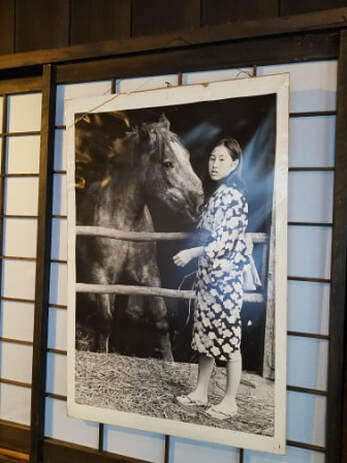 This may be a locally-bred Nambu (or Nanbu) horse. They were used for agriculture and war in addition to their ceremonial and traditional importance. This may be a locally-bred Nambu (or Nanbu) horse. They were used for agriculture and war in addition to their ceremonial and traditional importance. Do you like folklore and fairytales? I do too. In fact, once upon a very long time ago, the topic of my Bachelor of Arts Honours thesis was The Interplay of Realism and Expression in the Form and Technique of the Russian Folktale. Anyway, given my lifelong love of (a) horses and (b) folklore, I was thrilled to discover a charming folktale while travelling in the northern Japanese prefecture of Iwate. The connection is no accident, because Iwate was the home of Japanese horse breeding back in the Samurai days and the quiet rural town of Tono is famous for stories and legends. Tono has a very strong horse culture, as horses were vital to peoples livelihoods and - reminiscent of treasured Arabians who were brought into the tents of their Bedouin owners - slept inside with the family. Even the bus stops in Tono are shaped to remind us of the importance of horses! Note the beautiful halter knotting and the detail in the horse shoes in the pictures below. 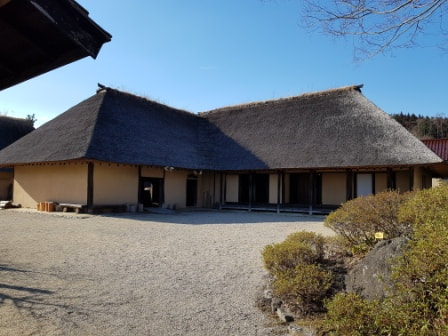 L-shped "Kikuchi Family" Magariya L-shped "Kikuchi Family" Magariya Tono also preserves some of the traditional L-shaped Magariya houses, where people lived once in the long side of the L and horses lived in the short side. The most famous of these, the Chiba / Chibaya House, was closed when we were there (in March 2019) but we found another example at the Densho-en cultural complex. This is the Kikuchi Family Magariya (pictured), which was built in the mid 1700s. The horse accommodation is on the left (see the historic photo below). 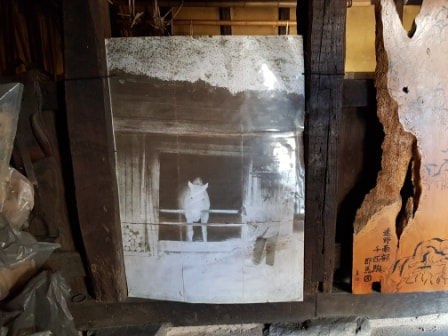 Photo at Densho-en depicting a horse looking out of its stable in a Magariya Photo at Densho-en depicting a horse looking out of its stable in a Magariya It was at Densho-en that we encountered the story of #Oshirasama. According to legend, a poor farmer had no wife but he did have a beautiful daughter and one horse. The daughter spent a great deal of time with the horse, even sleeping in his part of the house overnight. One thing led to another and horse and woman became husband and wife. When the farmer found out, he killed the horse. There are a number of gruesome versions of how he killed him and what happened next, including subsequent mutilation of the dead horse when the farmer saw his daughter grieving over the body, but they all end with the daughter flying into the sky, either clinging to her beloved horse's head or on his skin, whereupon she became Oshira-Sama a Kami (deity), patron of silk worms, agriculture and horses. Oshira-sama also foretells both good and bad fortune for believers in dreams. There is an amazing chamber in the Densho-en complex called Oshirado Hall, where you can write your wishes on a piece of cloth and spike it on one of the 1000 wooden figures carved to represent Oshirasama in both equine and human form. Thousands of visitors - not just from Japan but from all over the world - have taken the opportunity to have their heart's desires expedited by Oshirasama by adorning one of these statues. Iwate Travel Notes Where is Tono: Tono is located near the middle of the Iwate prefecture on the Pacific coast in the Tohoku Region of Honshu in north eastern Japan. How we got there: Using Hyperdia to work out routes and timetables, we travelled from Sendai in the Miyagi prefecture by Shinkansen (bullet train) to Shin-Hanamaki, where we picked up a hire car from the Toyota Rent a Car depot just across the road from the station. We booked the car online before arrival. The roads are excellent, by the way, the drivers are competent and courteous and the countryside is very picturesque. Navigating: The rental car came with a satnav system in English, but we preferred to use a combination of two phone apps: Waze (for the route) and Google Maps (for nearby cafes, restaurants and opening times). Yes, we bought a local SIM at the airport on arrival in Tokyo. Accommodation: We stayed right on the coast of Ofunato Bay at the Ofunato Onsen, which is about 30kms from Tono. It was a great base for exploring the region, with excellent nearby restaurants and relaxing onsen (natural hotspring baths) overlooking the bay and out to the Pacific Ocean. Refreshments: We really enjoyed our coffees and snacks in the On Cafe and the Noto General Store. All photos by Joanne Verikios If you enjoyed this post, you might also like Saving The Endangered Skyrian Horse.
Feel free to LIKE & SHARE! By Joanne Verikios One thing you may not know about me is that I studied Russian at University, coincidentally during the Cold War. My interest was sparked by purely cultural considerations and had nothing to do with politics. Think vodka and balalaika music, not collective farms and five-year plans! I loved reading the great Russian novels and was struck by Tolstoy's opening line in Anna Karenina: "All happy families are alike; each unhappy family is unhappy in its own way". The sentence is a metaphor for many things, including the bond (or lack of it) between horses and humans. Tolstoy's own writings show that he was clearly in favour of the sensitive and empathetic treatment of animals, including horses, so I don't think he would mind if I paraphrased it to say: "All happy horse-human partnerships are alike; each unhappy horse-human partnership is unhappy in its own way". I was recently fascinated to learn that there is such a thing as the Anna Karenina principle. To quote Wikipedia: "The Anna Karenina principle was popularized by Jared Diamond in his book Guns, Germs and Steel. Diamond uses this principle to illustrate why so few wild animals have been successfully domesticated throughout history, as a deficiency in any one of a great number of factors can render a species undomesticable. Therefore all successfully domesticated species are not so because of a particular positive trait, but because of a lack of any number of possible negative traits." Horses have proven to be good candidates for domestication and the rest, as they say, is history. Speaking of history, there is a tendency for each new generation to claim certain beneficial outcomes as their own and the horse-human bond is no exception. It is easy to find new advocates for the humane treatment of horses and who speak and act as if it was they who invented the emphasis on bond rather than bondage. To an extent they are right, as everyone must discover something for the first time, but they are by no means pioneers!
Turning to documentary evidence, the Greek general Xenophon, who is credited with the first ever manual on selecting and training riding horses, wrote during the late-5th and early-4th centuries BC: “For what the horse does under compulsion… is done without understanding; and there is no beauty in it either, any more than if one should whip and spur a dancer.” Use this link for instant download of "On Horsemanship" by Xenophon (eBook format with a foreword by author Joanne Verikios). Well before Xenophon, horses feature prominently - even to the extent of being deified - in an ancient Indo-Aryan sacred text known as the Rigveda, which is thought to have been composed between 1500 and 1200 BC. The close association - or even fusion - of horsemen and horses with godlike qualities is apparent in other traditions too. The Greek myth of the winged horse Pegasus and the hero Bellerophon is perhaps the best known, early example of a supernatural relationship between horse and human. Around the same time as the Rigveda, a man named Kikkuli, who was hailed as "the master horse trainer of the land of Mitanni" compiled a comprehensive program for conditioning Hittite chariot horses circa 1400 BC. The methods advocated were strikingly similar to "modern" interval training techniques and included advice on the regular feeding, exercise, and care and of the horses, including the important, bond-building, contact time involved in warming down, washing, stabling and rugging.
When you read 34 Equestrian Bloggers Teach You How To Bond With Your Horse, I am sure you will be struck, as I was, about the timeless principles expressed by so many and the essential, "secret" ingredients: time spent with the horse and the human's attitude and demeanor in the presence of the horse. Enjoy! Leading Windsor Grey Thought It Was All About Him  Look at all these people. They LOVE ME! Look at all these people. They LOVE ME! Like a couple of billion other people, I enjoyed watching the wedding of Prince Harry and Meghan Markle on television. The ceremony had some very sweet moments, like the confidence of the page girls and boys waving from the gorgeous Daimlers, that kid with a gap-toothed smile who was having the BEST TIME EVER and the meaningful glances exchanged between the bridal couple. I couldn't wait to swap bridal for bridle though, when the horses arrived for the wedding procession. Harry and Meghan looked the picture of happiness in a vintage landau drawn by the famous Windsor Greys and escorted by the Royal Horse Guards. I loved the way the horses were all black or white, mirroring Harry's black Horse Guards uniform and Megan's demure white dress and veil. Now, the oldest and quietest horses are (sensibly) selected for such serious duty on a very exciting and noisy occasion. They are all beautifully cared for and meticulously trained. Every man and horse also participated in a rehearsal. What could possibly go wrong? 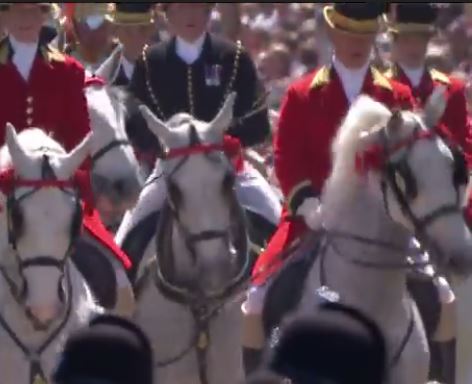 Yes, look at me (RHS). See how my mane is tossing! Yes, look at me (RHS). See how my mane is tossing! Well, nothing went badly wrong, but horses are horses! Keen students of equine behaviour will have noticed that one horse was particularly affected by the mood of the occasion. Forgetting that he was supposed to be old and quiet, he pranced, tossed his head, cantered when he was supposed to be trotting, swerved a bit close to one of the Bobbies lining the route, and generally kept his rider's hands full for most of the procession! So what happened to cause this departure from equestrian etiquette? We were told all the horses were wearing ear plugs, to help muffle the noise of the jubilant crowds. Did his get dislodged and did the noise upset him? Unlikely for such an experienced trooper. Was he in a hurry to catch up to one of his friends amongst the contingent of black horses up ahead? As herd animals, horses are very social creatures who form deep attachments, so that is a possibility, especially under the circumstances. However, it seemed to me that he simply rose to the occasion and responded to the great wave of love and adoration which he thought, not unreasonably, was all about him.  It is sooo frustrating that I am not allowed to show off the way I really want to. At least I can toss my head. It is sooo frustrating that I am not allowed to show off the way I really want to. At least I can toss my head. There are many well-documented accounts of horses playing to the crowd. The great gallopers, Phar Lap and Gunsynd, were two examples. I have also felt it myself, for example when riding in the Grand Parade at a Royal Agricultural Show. My Warmblood stallion, Highborn Powerlifter, was a tremendous show-off at the best of times and his pride at the sound of applause would make him visibly grow in stature, arch his neck, flex his muscles and move with even greater intent to display his charms; which made for some exciting moments, believe me! So I can say from experience that the rider of that leading Windsor Grey did a brilliant job of keeping his self-appointed celebrity charger under reasonable control. There were a few seconds here and there when a less tactful horseman would not have fared so well, but he managed to keep the cork in the volcano for what must have seemed a very long ride. So, well ridden, that Horse Guard on your skill and composure under pressure; and congratulations to the entire contingent, both on display and behind the scenes, for staging such a magnificent spectacle. Many people ask me how I got started with horses. I know that I was born loving them and did everything in my power to make my dream of horse ownership come true. Today I was inspired to create this infographic about my journey. It's not the whole story, but it does cover some of the key milestones. I hope you like it! First four photos are from the author's collection. Last photo was taken during the 2018 AWHA National Championship Tour by Eric Lloyd Photography. I'd love to hear about your own highlights with horses, if you'd care to share!
This original article by Joanne Verikios - entitled "The Skyros Pony - A Love Story" - was first published in Equestrian Country Magazine, Issue 2, Autumn 2017 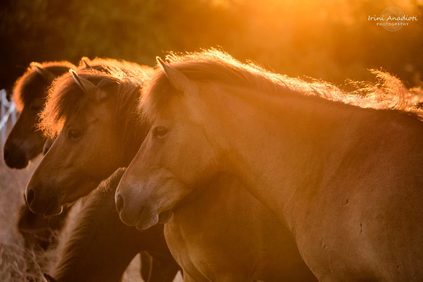 Skyrian ponies. Photo: Irini Anadioti Skyrian ponies. Photo: Irini Anadioti The beautiful island of Skyros lies in the Sporades archipelago in the Aegean Sea. At just over 220 square kilometres and with a population of around 3000 people, Skyros would fit into Tasmania more than three hundred times! Seismic upheaval, wind and water have combined to shape the frilly skirts of Skyros’s narrow-waisted coastline. Myth, legend and history have influenced her settlement, culture and strategic importance since ancient times. Civilisation here dates back at least to the Bronze Age (2500-1800 BC), as evidenced by a remarkable archaeological site at Palamari. 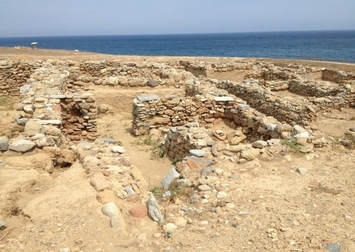 Palamari Archeological Site, Skyros. Next stop, Troy! Photo: Joanne Verikios Palamari Archeological Site, Skyros. Next stop, Troy! Photo: Joanne Verikios Colourful myths include that of Achilles, whose mother tried to save his life by convincing him to hide on Skyros disguised as a girl. Wily Odysseus tracked him down and convinced Achilles to use his talents as a warrior at the Siege of Troy, where destiny – in the form of an early but glorious death – awaited him. Today, apart from enduring traditions and enchanting scenery, Skyros is most famous for being home to an endangered native equid, the so-called Skyrian horse or pony. The Greeks, who have no word for pony, use the term αλογάκι της Σκύρου (i.e., diminutive horse of Skyros). 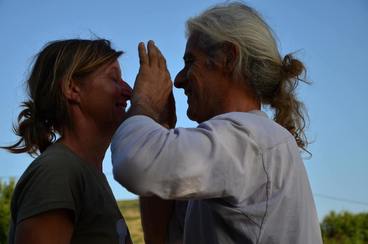 Amanda Simpson and Stathis Katsarelias. Photo: Elia Kirschner Amanda Simpson and Stathis Katsarelias. Photo: Elia Kirschner Genetic analyses suggest that the Skyrian pony is unrelated to any other breed (see Cothran, Bomcke and Gengler, Genetic Variability in the Skyros Pony and Its Relationship with Other Greek and Foreign Horse Breeds). It is this unique genetic hoofprint that makes them biologically precious. That there are fewer than 300 Skyrian ponies worldwide makes them rare. And the possibility that they pulled Achilles’ chariot at Troy and ate “lotus and marsh parsley” as described by Homer, makes them a living, snorting part of ancient history – a link to international war and peace dating back at least 2000 years! Luckily for these friendly little ponies, two visionary individuals are fighting to preserve them and give them a viable future in their native homeland. I was privileged to meet the ponies and speak with Amanda Simpson about the Katsarelias-Simpson Project, co-founded with her partner Stathis Katsarelias. Their Project underpins the not-for-profit Skyros Island Horse Trust. 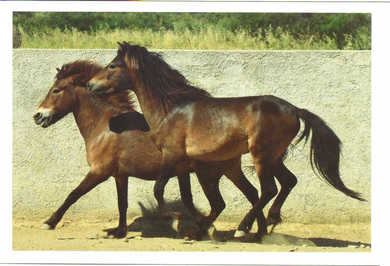 It's the two of us. Photo: Stathis Katsarelias It's the two of us. Photo: Stathis Katsarelias Amanda, a British expat with a Masters degree in Dance and Movement Therapy, started riding at the age of two. She went to Greece to write. Stathis, an artist and ceramicist, grew up on Skyros and was always attracted to the ponies, spending his childhood drawing and painting them on the mountains. “He's one of those people who is really great with animals instinctively, kind of has a gift of being able to handle things that are wild. Animals trust him”, says Amanda. “He's just as fundamental to the Project as I am. Without him it wouldn't work and without me it wouldn't work. It's the two of us.” “In 2005, we got involved by chance with vets from the Greek Animal Welfare Foundation Fund,” continues Amanda. “We saw them collecting ponies and asked if they wanted some help. That was the beginning. Then in 2006, I was approached by the Skyrian Horse Society. We did a pony management course – teaching local kids about ground skills and grooming and the basics of welfare, what you fed and how you watered and how to look after a pony correctly – and then when the two ponies we had were fairly well trained, we taught some very basic riding skills. From there, we kept two of the mares and we had one stallion. In 2007, we had our first foal. Then we were given two rescue ponies. We jumped to about eight ponies in 2007. Then by 2009 we had 28 or 29. In 2015 we were at 43.” Why is the Project necessary to save them? Amanda reveals that what is now called the Skyrian pony originally existed across the Greek region, with bones found, for example, in Evia and Crete. They were used for seasonal farm tasks like threshing, but with the modernisation of agriculture they came to be seen as incidental or even detrimental to the harvest, rather than pivotal to enabling it. Further, they competed for grazing with milk- and meat-producing animals such as sheep and goats. 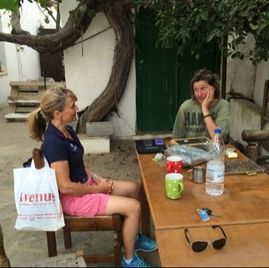 Interview time. Joanne Verikios and Amanda Simpson. Photo: George Verikios Interview time. Joanne Verikios and Amanda Simpson. Photo: George Verikios Gradually, no longer having a role to play on the farms, the ponies were pushed out, bred out, or culled until they survived only in Skyros. Even there, the ponies’ wild, natural habitat is neither as extensive nor as safe as it used to be. Grazing is limited and seasonally affected. The little stallions are at risk of being killed by un-gelded mules and the pony bloodlines are lost or diluted by inter-breeding. Nor is breeding them an economically viable proposition. You can buy a three-year-old Skyrian pony for around €800, by which time a responsible breeder or owner will have already spent €3,000 on feeding and raising it. Today there are again Skyrian ponies elsewhere in Greece, as well as in the UK and Europe. Two of the Project’s ponies were exported to Belgium from Skyros in 2016. “For the first time, two ponies with passports left the island to go to an international project. That's a very big deal!” says Amanda. Their export was made possible by a long-term genetic project run by the Skyrian Horse Society, of which Amanda is a former Vice President and Stathis is Vice President now. The Society’s work culminated in a credible and scientifically approved Stud Book, which means they are able to issue passports for the Skyrian ponies – the only breed society in Greece to have achieved this. It is often asserted that the Skyrians were the horses on the Parthenon frieze or the horses Alexander’s armies rode to war. The possibilities are there but the proportions, in both the art works and the literature of the day, seem wrong to me. For instance, Xenophon, writing about horsemanship for the Greek cavalry circa 350BC, described his preferred method for vaulting onto a horse, with a leg up as an alternative. These instructions tend to indicate a horse that is 13-14hh or taller, not a pony under 11hh. 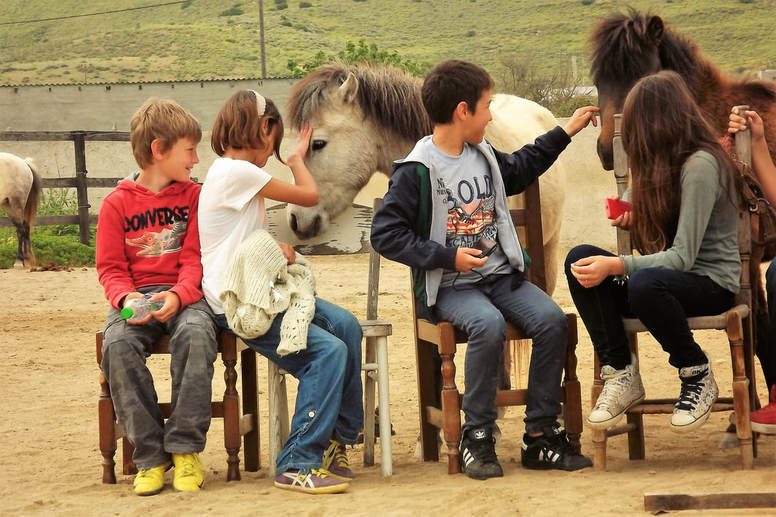 Skyrian ponies and Skyrian children. Photo: Elia Kirschner Skyrian ponies and Skyrian children. Photo: Elia Kirschner According to Amanda, “Very little scientific research has been done on the history of the Skyrian horse. It all needs to be put in inverted commas or parentheses. For me, it's much more interesting to think of Achilles who lived on Skyros, if he was a real character and it wasn't just a mythological story. He went from Skyros to Troy. Could these have been the ponies that pulled his chariot in Troy? Logically, that makes much more sense to me than being riding horses for Alexander to travel across the world on because they're tiny.” Even though the ponies are almost too cute for combat, I am attracted to Amanda’s hypothesis. “It makes much more sense for the Skyrians to have been used as driving ponies during the Trojan War”, she explains. “I'm not a historian, but how do you fit a whole load of big horses on an ancient boat, whereas you could fit quite a few little ponies and they would have travelled well. They're easy to handle, easy to manage. They don't need shoeing. Their conformation makes them more suited to driving and they work well together. Palamari is directly opposite Troy. Turkey is the next land mass. It makes sense, and I think it's a much more interesting fantasy story.” I asked Amanda why the ponies are not more valued. “Well, they're tiny”, she replied. “How can they be used in contemporary society? Because without a role in contemporary society, they don't have a future at all. They shouldn’t be ridden by anyone heavier than about 35 kilos. We could make money giving pony rides but we’re not going to exploit them.” 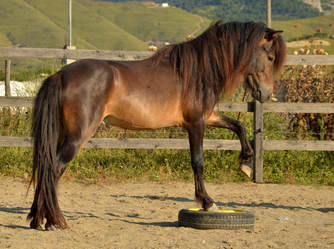 Liberty work. Photo: Stathis Katsarelias Liberty work. Photo: Stathis Katsarelias “On the other hand”, added Amanda, “they may have a role in driving and also in teaching ground skills to people who are scared of working with bigger horses. Working with a pony that's quick and fast and that can learn to lunge, to long rein; you can explore things that you might never explore with a horse because if it treads on your foot or if it kicks, you're much more likely to get hurt. Ponies aren't naughty, they're just intelligent. If you're clever enough to be able to use their language and understand how they operate, a horse is easy peasy. You can learn inter-species communication, which gives you a much better skill base than lots of people who ride.” “One of the things we're looking at is offering opportunities to work with stallions. Because they're 11 hands and only weigh 150 kilos, they’re not as daunting but they are stallions nevertheless. I grew up in Britain, where you don’t see stallions every day. I came to Greece and it's like, ‘God, there are stallions everywhere!’ I'd never worked with a stallion before. I had to really think what is a stallion and what's different about working with a stallion. They're lovely to work with. I massively enjoy working with stallions. They're wonderful, but they're just very difficult to keep.” The Project currently has seven stallions from four different bloodlines. Their breeding program aims to widen the gene pool but also to maintain the integrity of the breed. Amanda explains, “We look at the genetics, but then also look at it from a horse perspective. The soul comes in the horse from more than just its bloodlines. We look at confirmation, colour, family tree, character, and also variety of types. There's definitely a type, but within the Skyrian there are lighter- and heavier-boned sub-types.” Amanda sums up her objectives by saying, “I want them to be super ponies, so that wherever they go, they're useful. Not just because they're a Skyrian pony, because if it can't do a job, why have it? It's got to be able to do something. Because of them I got into liberty work, working with teams of horses, equine agility, thinking about how horses communicate, how we can use our bodies in such a way that horses can understand us. They opened up a whole new world for me. That's where I think they're a very useful tool.” “I want to start looking at running bespoke courses for people who could come to Skyros and work with the ponies in a structured way, focussing on learning about working with a stallion, working at liberty, looking at body awareness and how it impacts your work with ground skills with horses, what horses are reading from us – intelligent, thinking horsemanship. One day something happened inside me which was like, ‘I don't want to be doing anymore. I want to be being with horses’. The Skyrians have offered me a chance to be with horses again in a way that I was as a kid. We can offer that to people and reintroduce them to horses in a qualitatively different way. If a tiny pony can allow you to come into your sense of being – when so many of us in the 21st century don't know how to be – it has a role.” These plans are exciting and there are even bigger ideas in the pipeline. It all sounds idyllic – until you learn that the Project and its vital heritage work are leading a precarious, unfunded existence. Amanda and Stathis work for nothing, as do their volunteers. “Money is our biggest challenge,” she confides. “We have three or four people working 365 days of the year, nobody's paid. We muck out three times a day. The horses are fed three to four times a day. We've got 38 ponies – quite a lot of work, a lot of food. I sold my house years ago and have used all that money now on the ponies. Stathis sold land. We have been supported by some generous private donations, including from people with Greek heritage who believe in what we're doing.” World economic events haven’t helped and living on an island presents logistical nightmares. “We go through at least 70 tons of hay a year”, Amanda reveals. “Seven loads, all brought from the mainland, because there's not enough hay produced on the island. When it's cold, little ponies eat nearly more than big horses because of the amount of heat they lose. Everything that you need to run an equine project, we have to get off-island or even outside of Greece.” 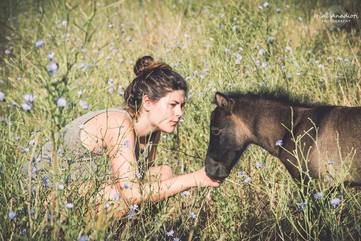 Skyrian foal. Photo: Irini Anadioti Skyrian foal. Photo: Irini Anadioti The Skyrian pony is a living link to Greek history and culture. People like Amanda and Stathis, who are devoted to preserving it on its home turf, even seeking to establish a permanent home range in its country of origin, deserve the world’s support. How can you help? Go to https://skyrosislandhorsetrust.com or contact [email protected] for details on volunteering, donating and other ways to support the Skyrian pony in Skyros. You could visit your sponsored pony! For updates, join the Friends of the Skyrian Horse – Katsarelias Simpson Project Facebook group. And help to spread the word. Who do you know who might like to adopt a living Hellenic treasure? Skyros Travel Notes Where is Skyros: Skyros is a Greek island. It's the largest island of the Sporades archipelago in the Aegean Sea and part of the region of Euboea (pronounced Evia). How we got there: There is no ferry from Athens to Skyros. However, we were based at Karystos in Euboea, which is easily reached by ferry from the mainland near Athens. To then get from Euboea to Skyros, we drove our hire car (rented through Avis before leaving Australia) to Kymi and caught the ferry to Skyros from there. The ferries don't go every day, so check the timetables carefully when planning your trip. Take it easy on the roads, some of which are narrow and mountainous. Navigating: For this trip we relied on good old paper maps and asking directions. These days we'd use Waze and Google Maps with a local SIM. Accommodation: We stayed in the hamlet of Magazia at the very comfortable Perigiali Hotel. It was close to the beach and 15 minutes walk from the main town, so it was handy to some excellent restaurants and quaint bars as well as a wide range of shops. Feel free to LIKE and SHARE!
|
From a very early age I have been able to tune in to what horses and ponies were thinking and what they were likely to do next.
Archives
September 2020
Categories
All
|

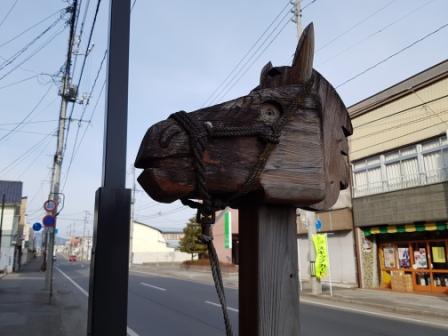

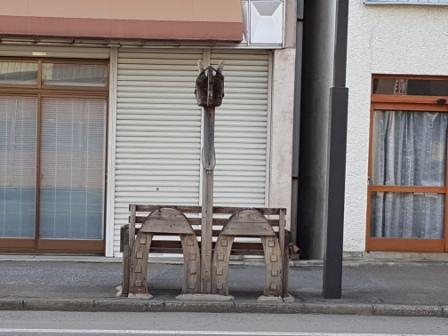
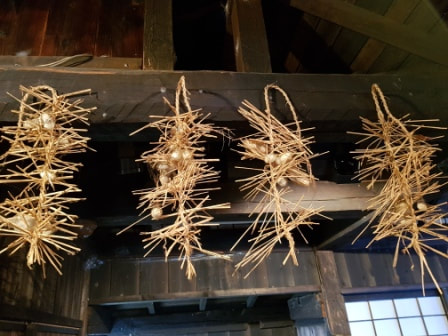
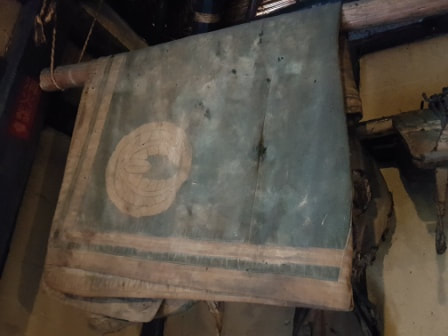

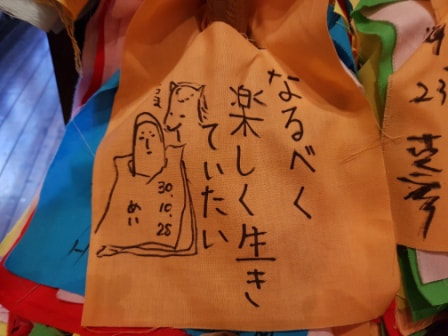
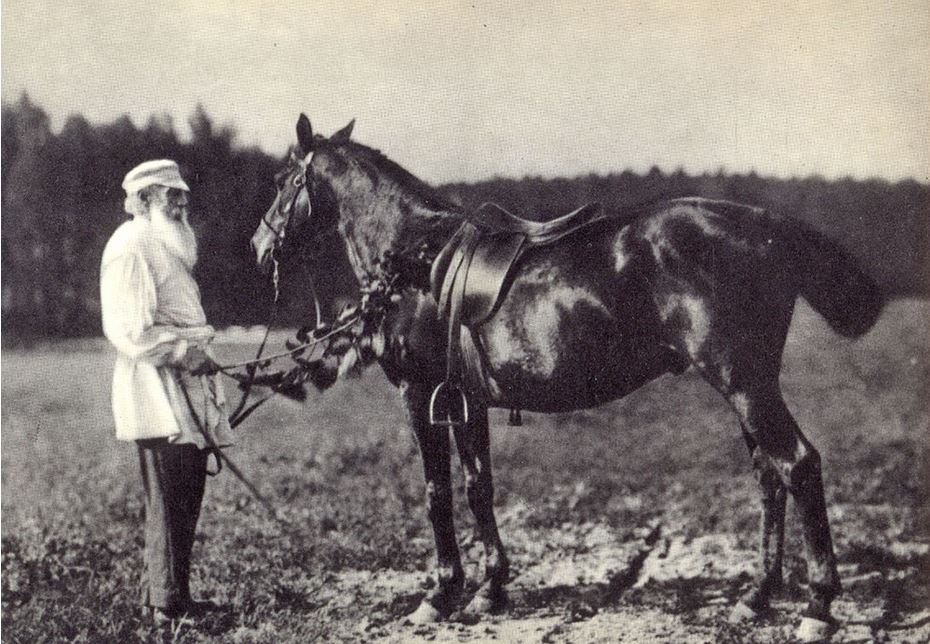


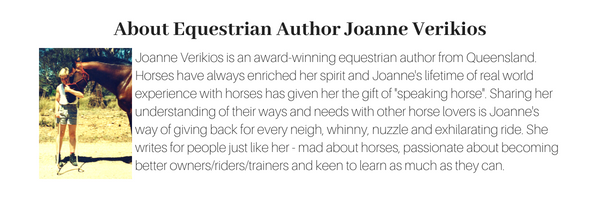
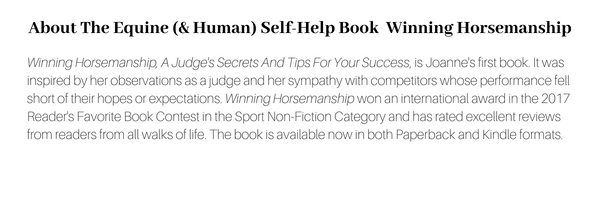


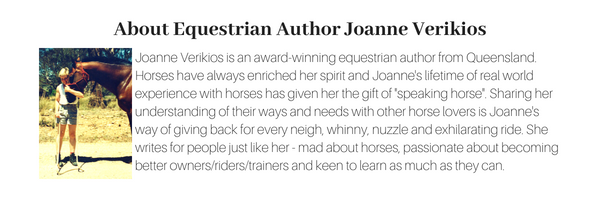
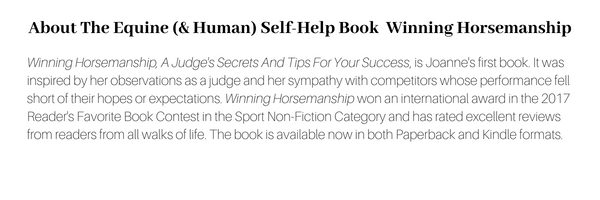

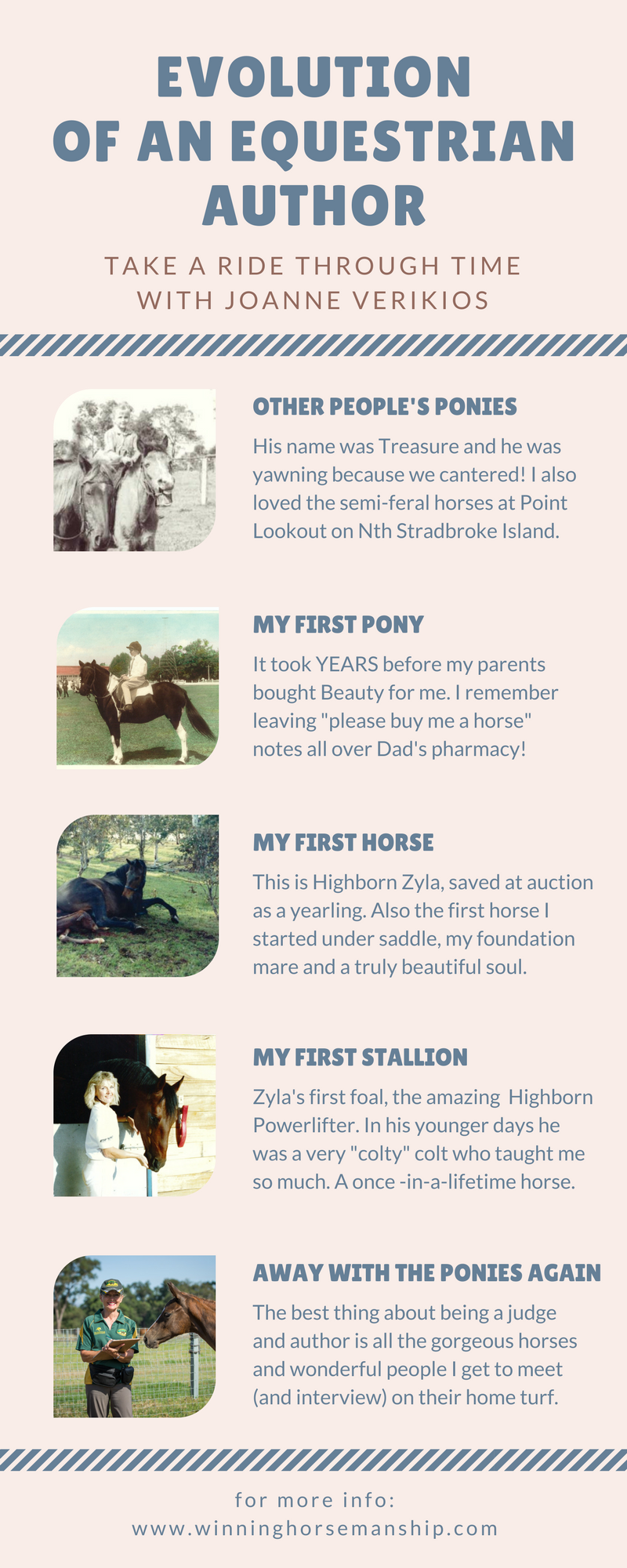

 RSS Feed
RSS Feed